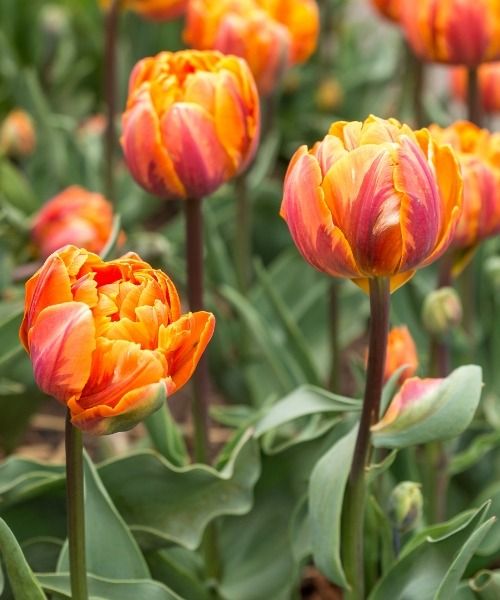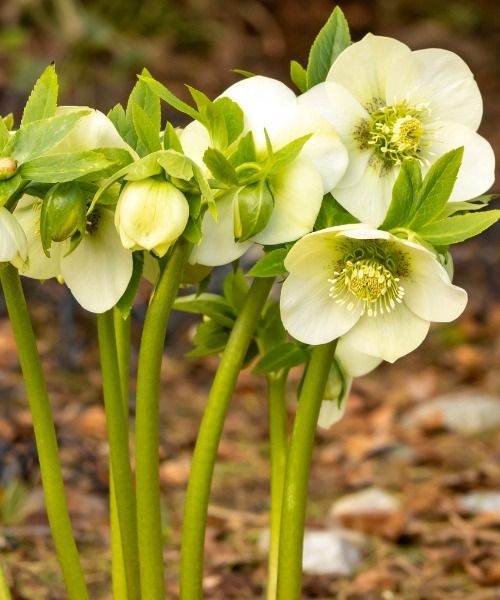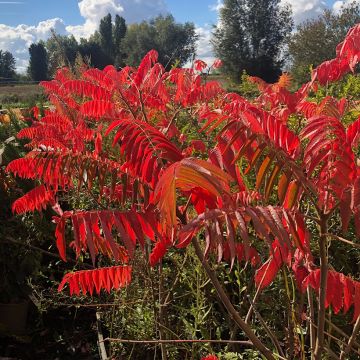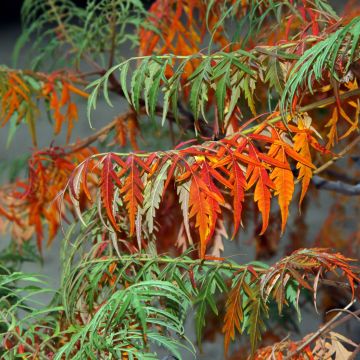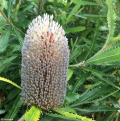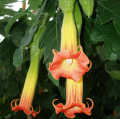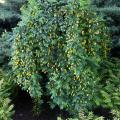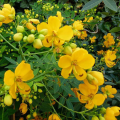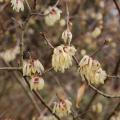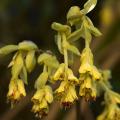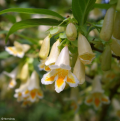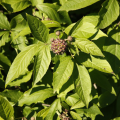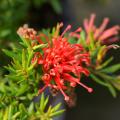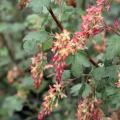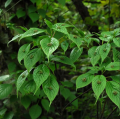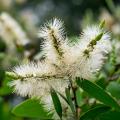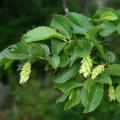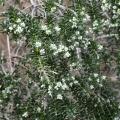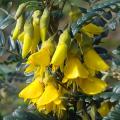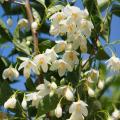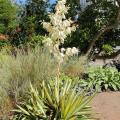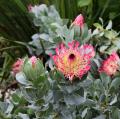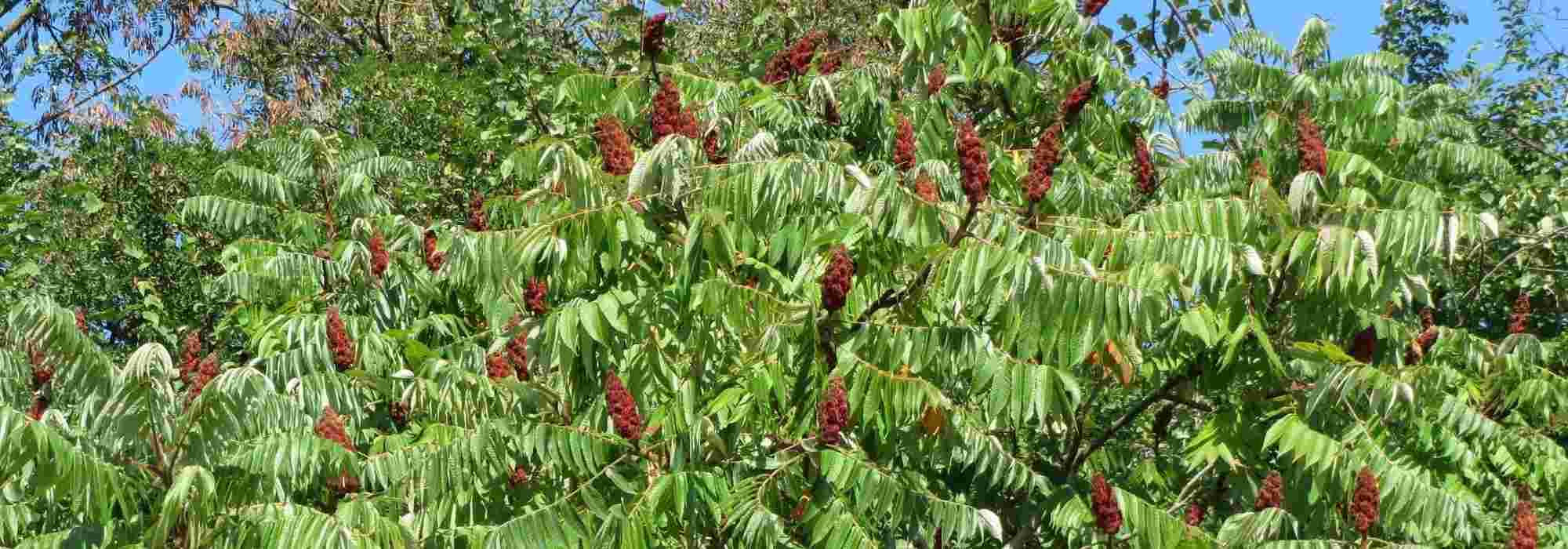Rhus - Sumac
Does this plant fit my garden? Set up your Plantfit profile →
Available in 1 sizes
Available in 1 sizes
Available in 1 sizes
Available in 3 sizes
Available in 1 sizes
Sumac, or Rhus in Latin, besides being a spice used in Mediterranean cuisine, is a small tree or a large bush. The Staghorn Sumac (Rhus typhina), is appreciated for its decorative and velvety red fruiting and its wonderful autumn colours. The genus Rhus, from the Anacardiaceae family, includes around 200 species of trees, bushes, and climbing perennials that can be divided into two categories: evergreen Rhus and deciduous Rhus. In our gardens, we mostly cultivate the deciduous species, which sucker profusely, such as Rhus coriaria or Rhus aromatica, as well as the superb Rhus glabra, which are much more frost-resistant. The evergreen Rhus, mostly from South Africa like Rhus lancea or from America like Rhus integrifolia, are ornamental all year round, highly resistant to drought and easier to contain within defined limits, but they are best suited for mild climates. Sumacs are generally dioecious, with male and female flowers borne on separate individuals. To obtain fruits, it will therefore be necessary to plant at least one of each sex.
Sumacs are undemanding plants that thrive in any well-drained soil, even poor and mediocre ones. They can be grown both individually and in groups or as hedges, and even in pots on the terrace. Sumac helps protect dry and rocky slopes from erosion through its roots. Some species contain an irritating or even allergenic sap that can cause severe dermatitis in certain individuals upon contact.
Haven't found what you were looking for?

































